Whether you live in a snowy climate in the winter or you have some rainy days that pass through, you need some indoor activities for your kiddos. A few years back I did a Winter Challenge and posted winter-themed activities for each week throughout the months of January and February. I have had so much fun pulling out some of those same recipes and activities on rainy days, while I’m cooking dinner, or as an invitation to create and explore when my kids come home from school.
Here are some of my favorite winter-themed activities all in one place for you to try at home!
Baking soda is a key ingredient to make snow. There are so many recipes out there for fake snow and baking soda really does pack into snow balls. You can just add some water and extend play with vinegar ( I love using a spray bottle or pipettes to watch it fizz up!). Try mixing baking soda and hair conditioner until you get a consistency that packs together. I have also tried baking soda and lotion. You can experiment with the combinations and see which your child prefers.
My all-time favorite snow though, is that fake snow that grows with water and is like the inside of diapers that absorbs the water… it’s just so fun for us Californians far from snow!
Cloud dough is also a fun sensory experience! Take a 5 lb bag of white flour and some baby oil and mix together until the 2 clump together to make snowballs. Or for a smaller batch, 2 cups of flour with 1/4 c. of baby oil. This is very fun with winter figurines!
For a fun activity to develop the muscles in our fingers for a mature grasp takes just a few items- q-tips, white paint, and blue paper! Using a small item to paint with, like a q-tip helps kiddos use what’s called a tripod grasp rather than all of their fingers.
Snow paint is another favorite activity! It is incredibly fun to paint with AND it dries fluffy! It leaves a 3D effect to your kiddo’s snowy art! I don’t measure this, just squirt a mound of shaving cream and add in some white school glue! An added fun flair is some glitter… if that’s your jam! Use a paint brush, a men’s shaving brush, popsicle stick, spoon, a variety of painting tools helps kids to develop their motor skills and proprioception as they feel the different weights of materials in their muscles and joints!
Shaving cream can be your best friend for winter activities! Drive trucks through it, play with snowmen and arctic figurines, drop food coloring and swirl it, place paper over the swirls for marbled paper, and our personal favorite… bring it into the bathtub!
A non-mess sensory bin that is tons of fun and a great opportunity to work on fine motor skills is a cotton ball sensory bin! Add in some scoops, tongs, and bowls and you are set!
A big hit in all of my groups and with my own kids- even my 6.5 year old, is freezing figures in water and melting the frozen ice with salt and warm water. Scoop, squeeze pipettes or a turkey baster, pound with a mallet or kids hammer… I like to have white play dough ready for the freed animals to play in! One of my clients loves his legos so we built some lego men and froze them! The options are endless of what you can freeze and free!
You can also freeze items from nature- pine sprigs, berries, leaves- really anything! If you live where it gets below freezing at night, simply leave it out overnight and it is an excellent invitation to get outside the next day to check on your frozen items! A pro tip is to freeze a piece of twine in the water and you can hang it up and watch the sunlight stream through!
Indoor ice skating is great fun on a rainy or snowy day! All you need is paper plates, maybe some mittens to practice with self-dressing skills, and a balloon to add in some visual motor skill building!

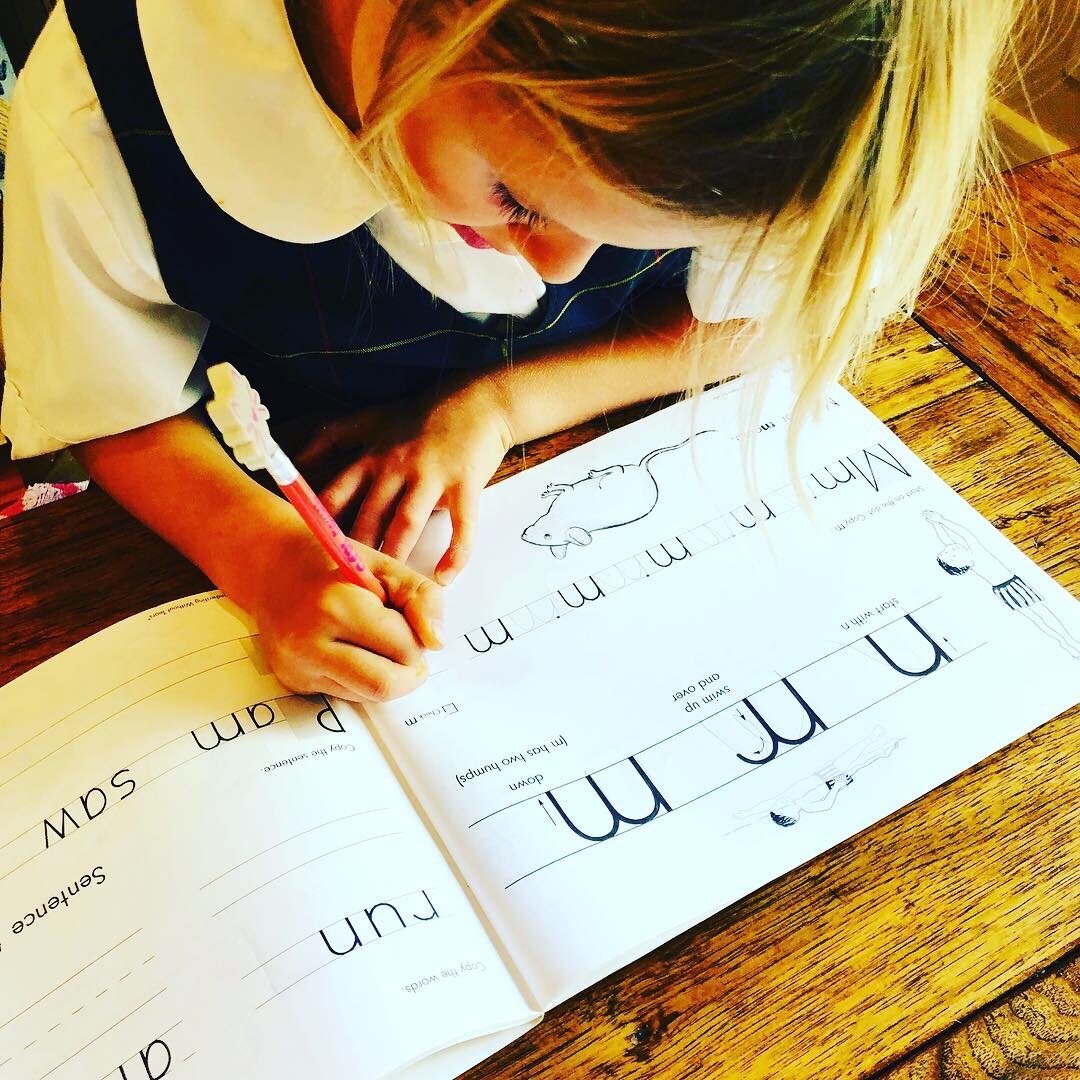















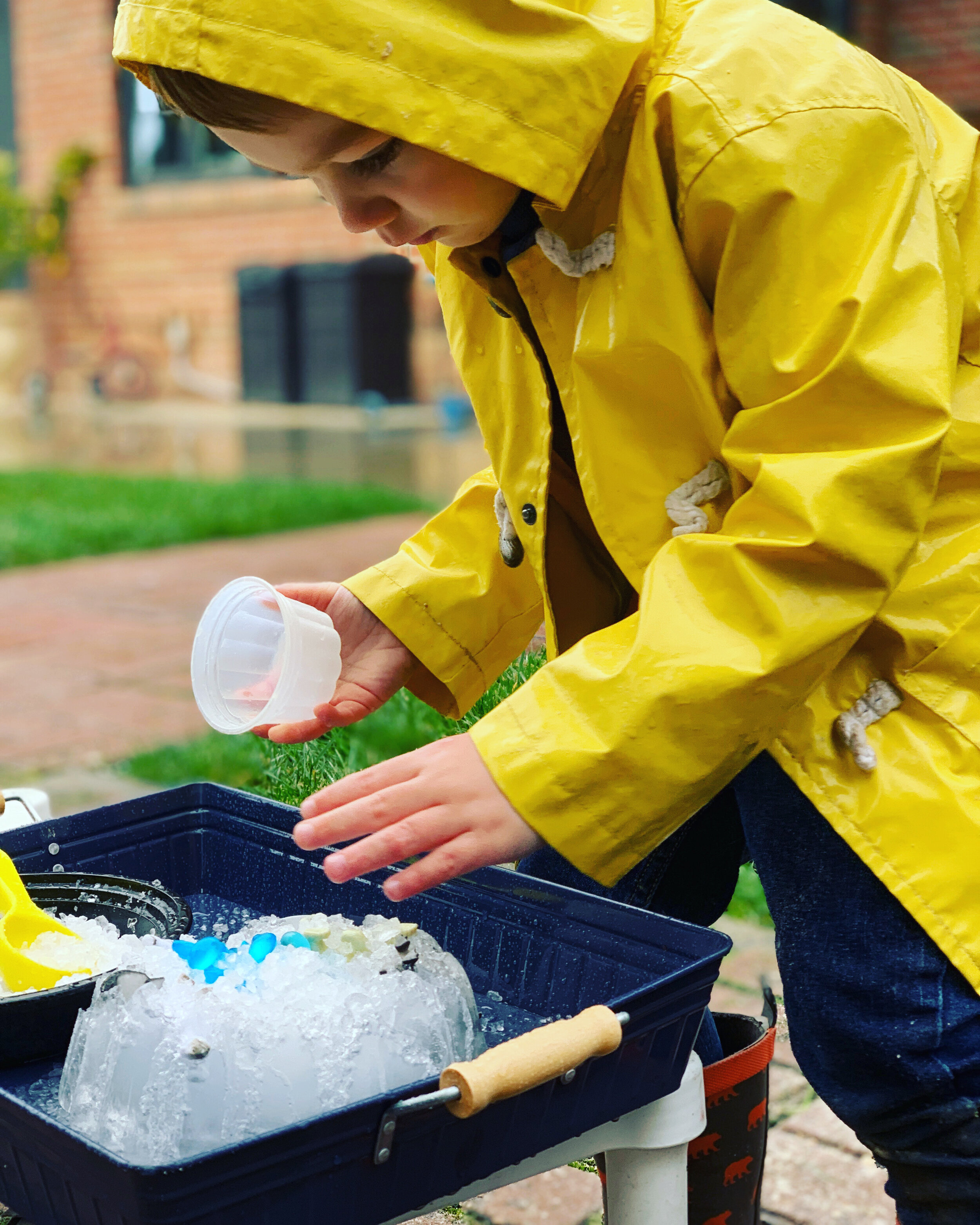

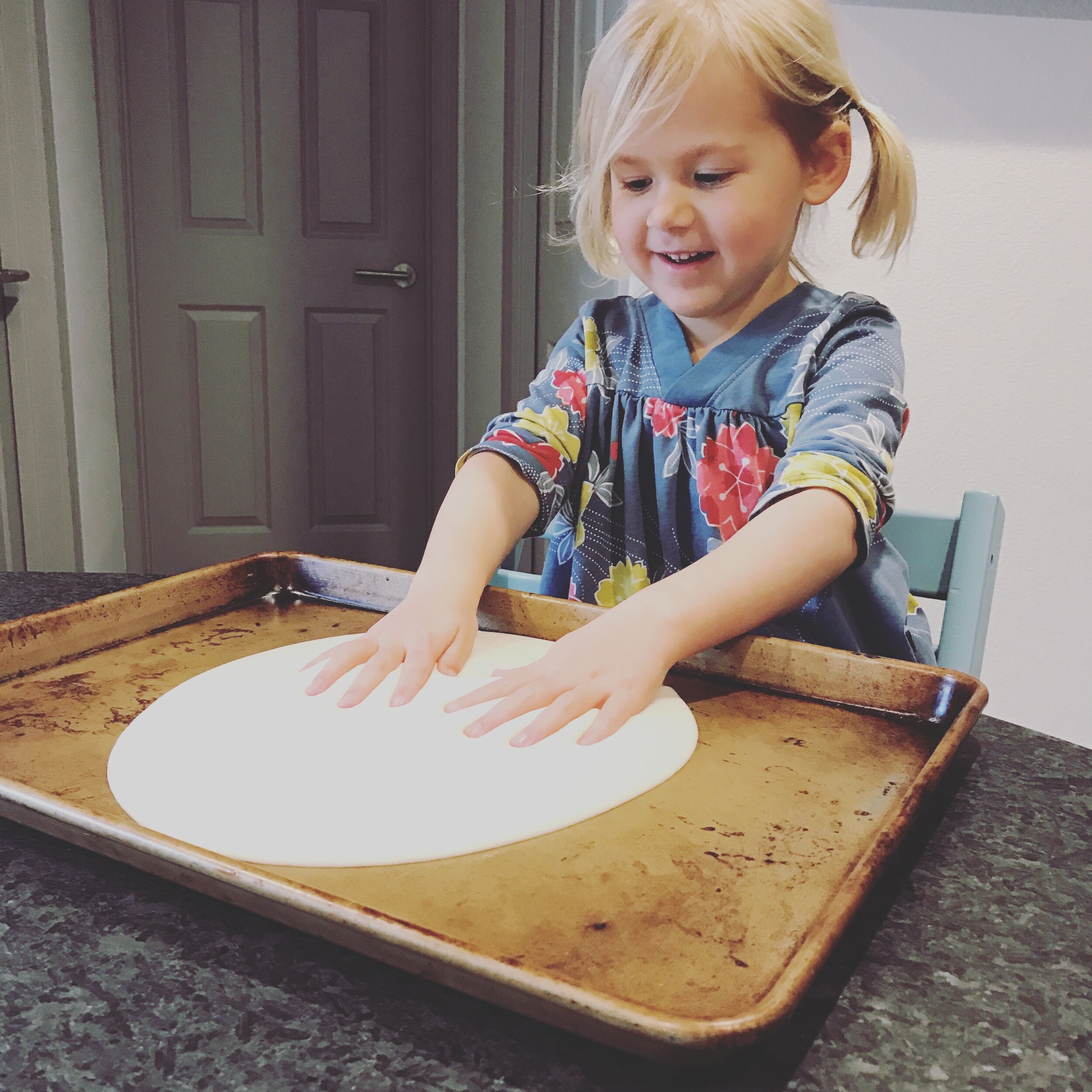





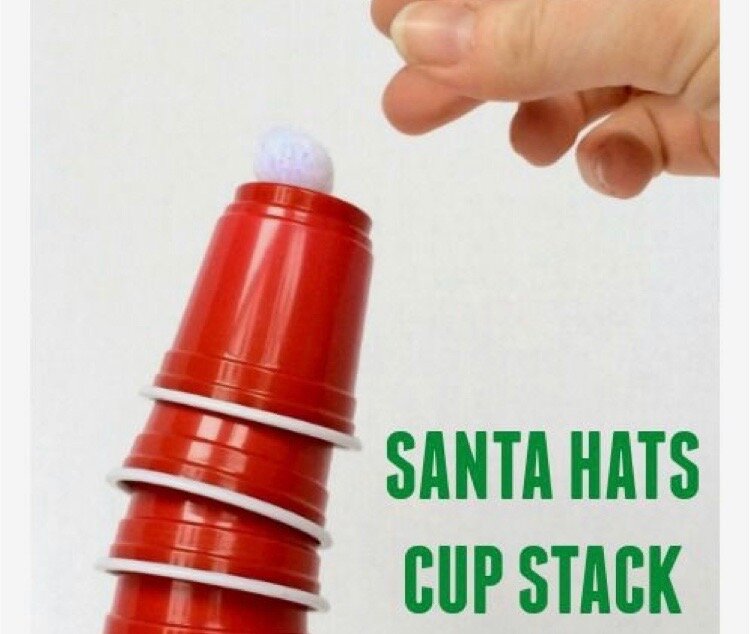


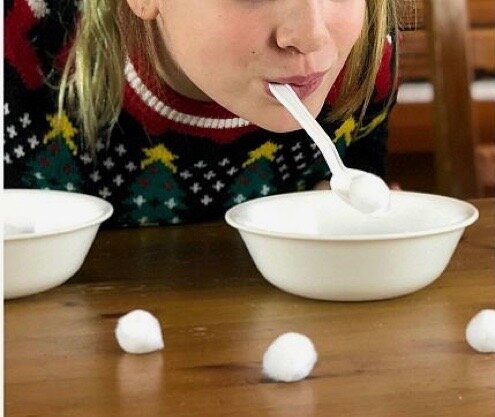
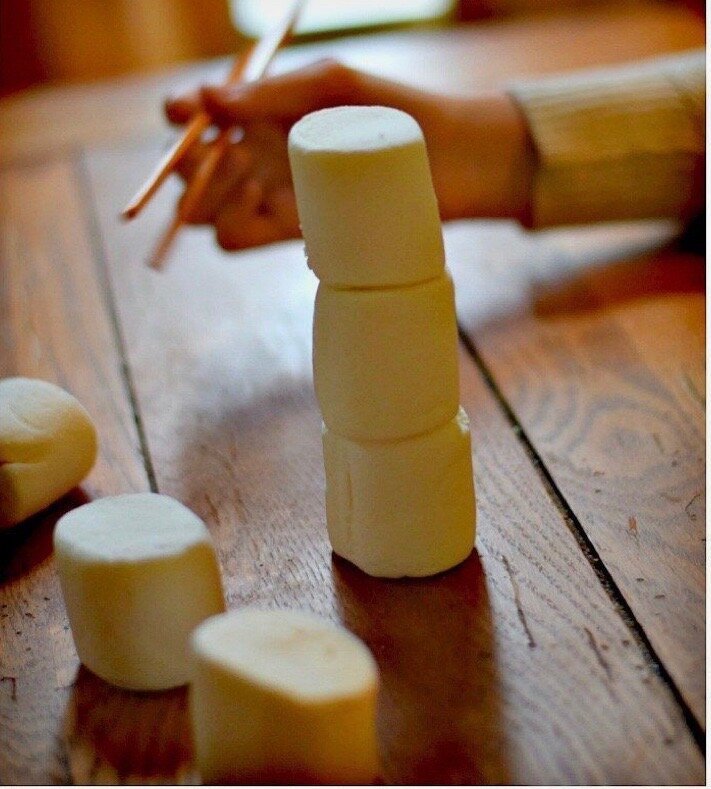
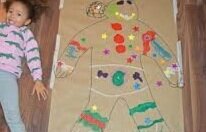


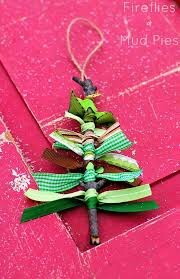

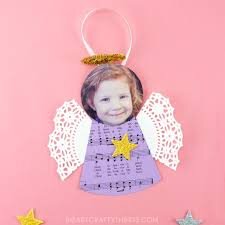
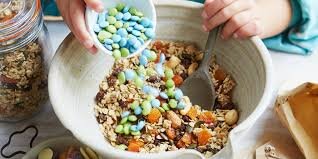





































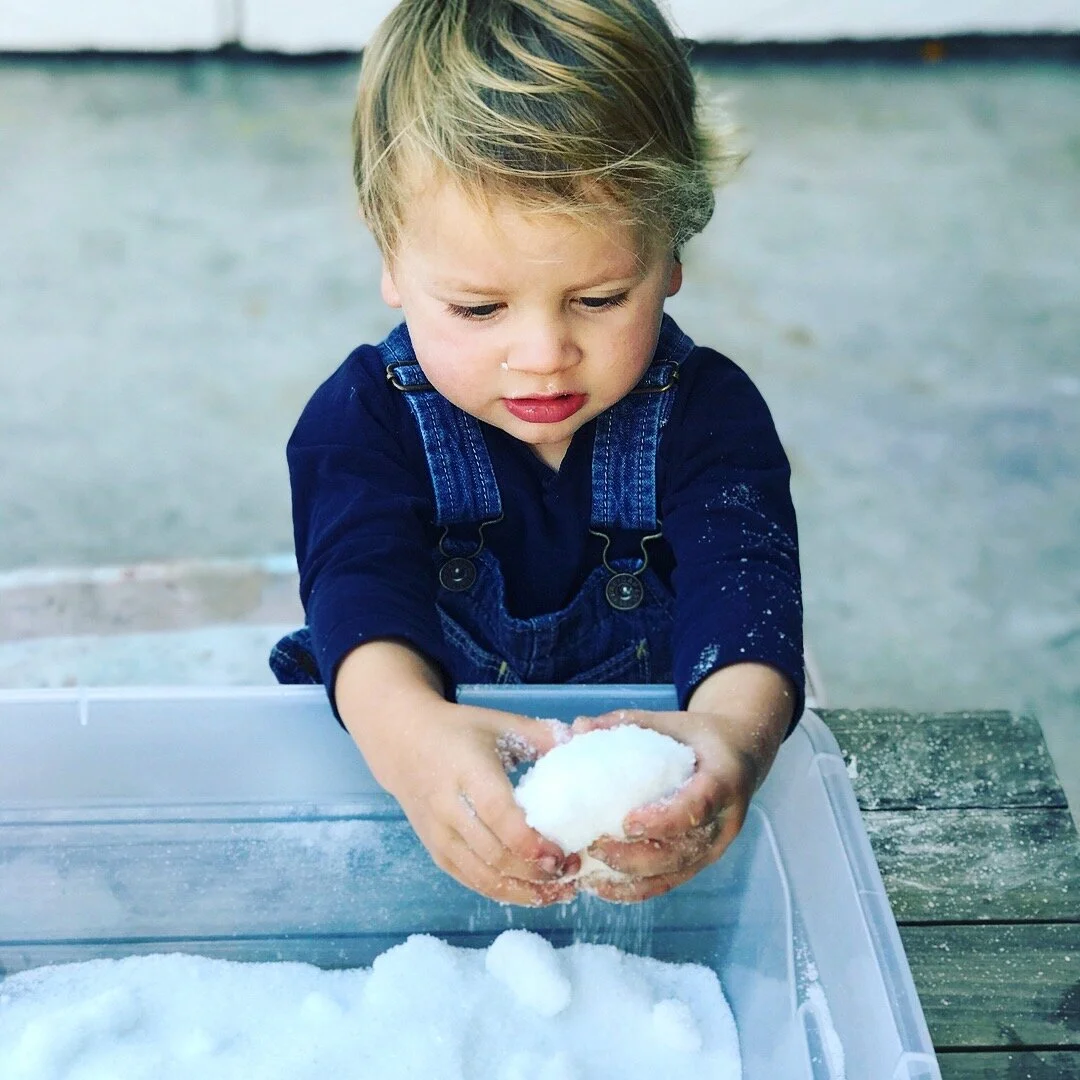


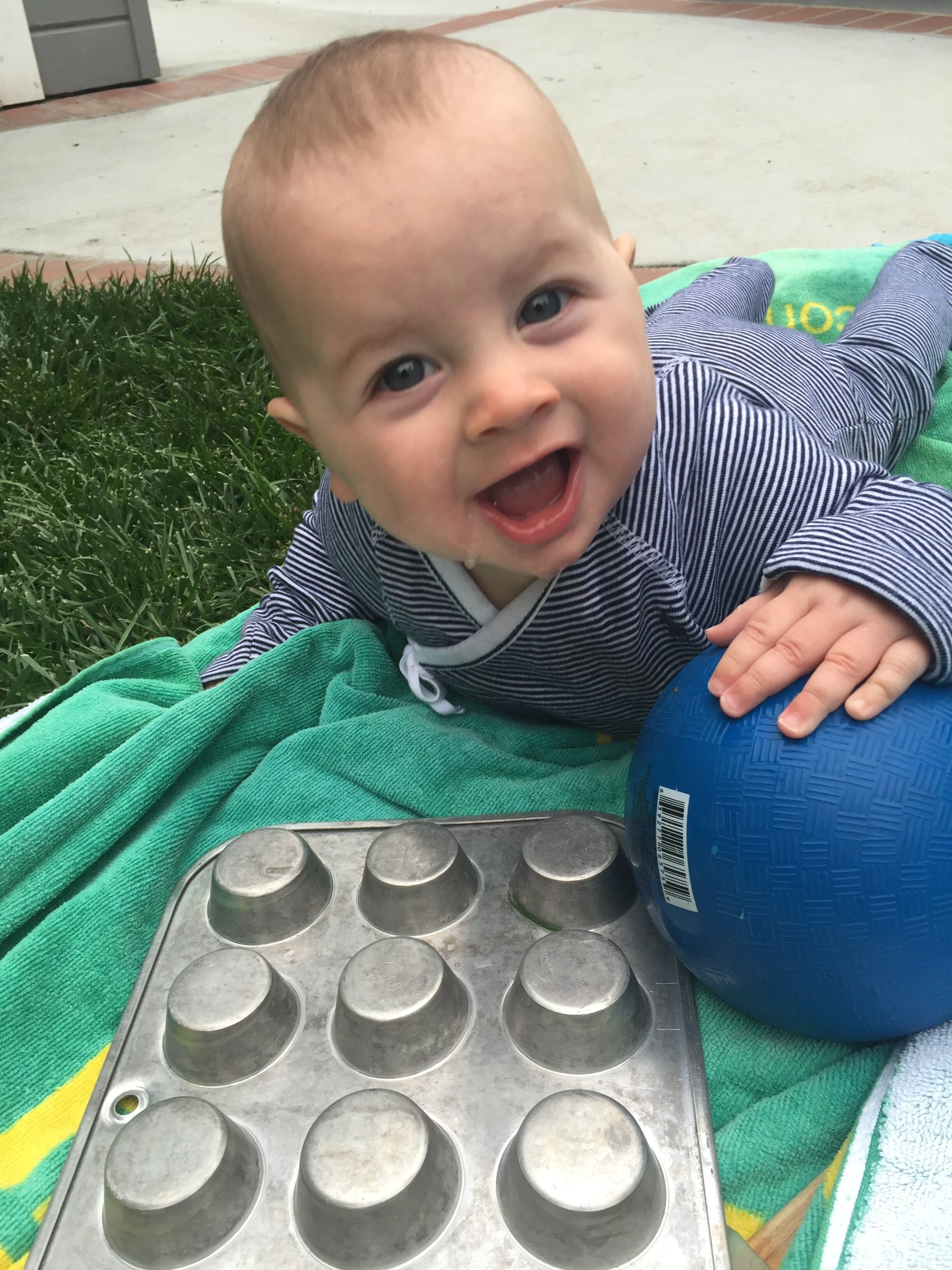
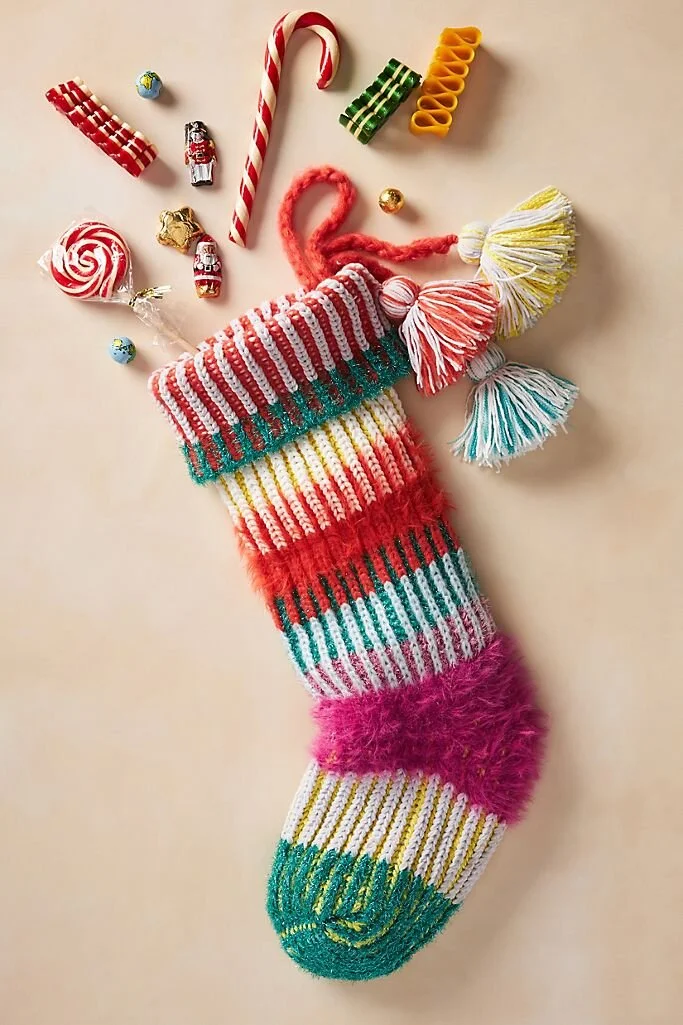

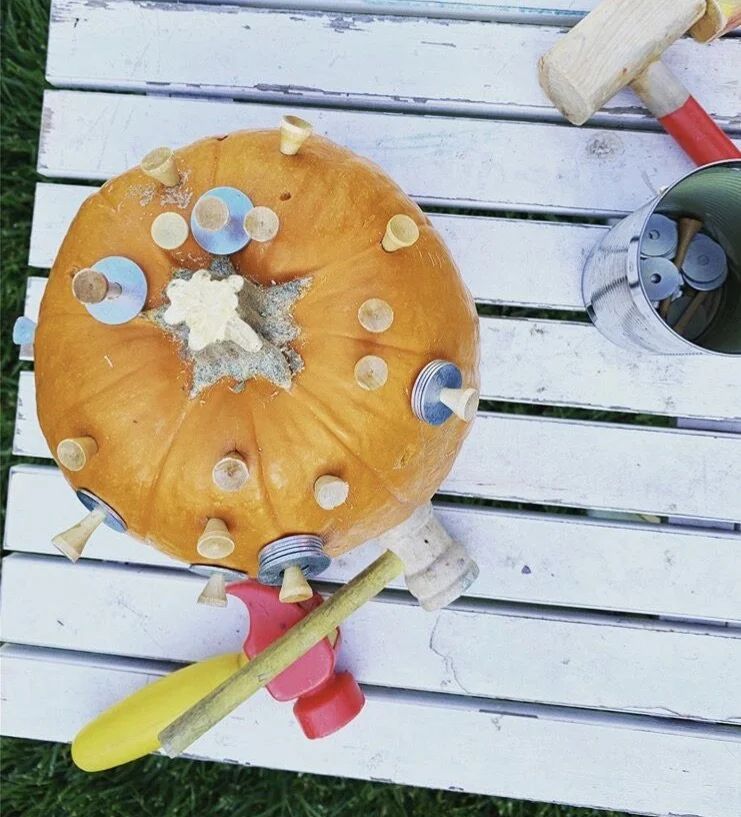

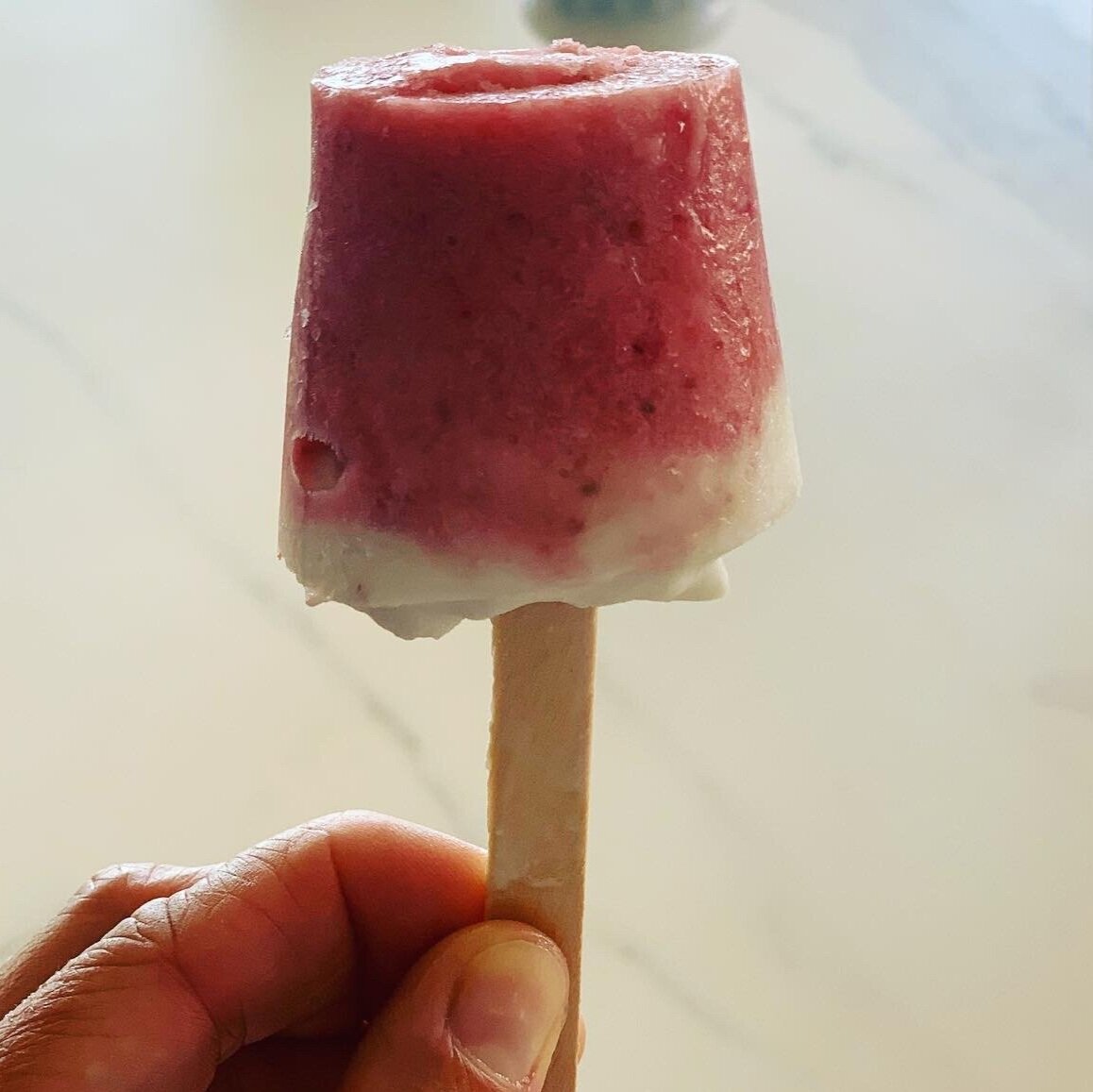




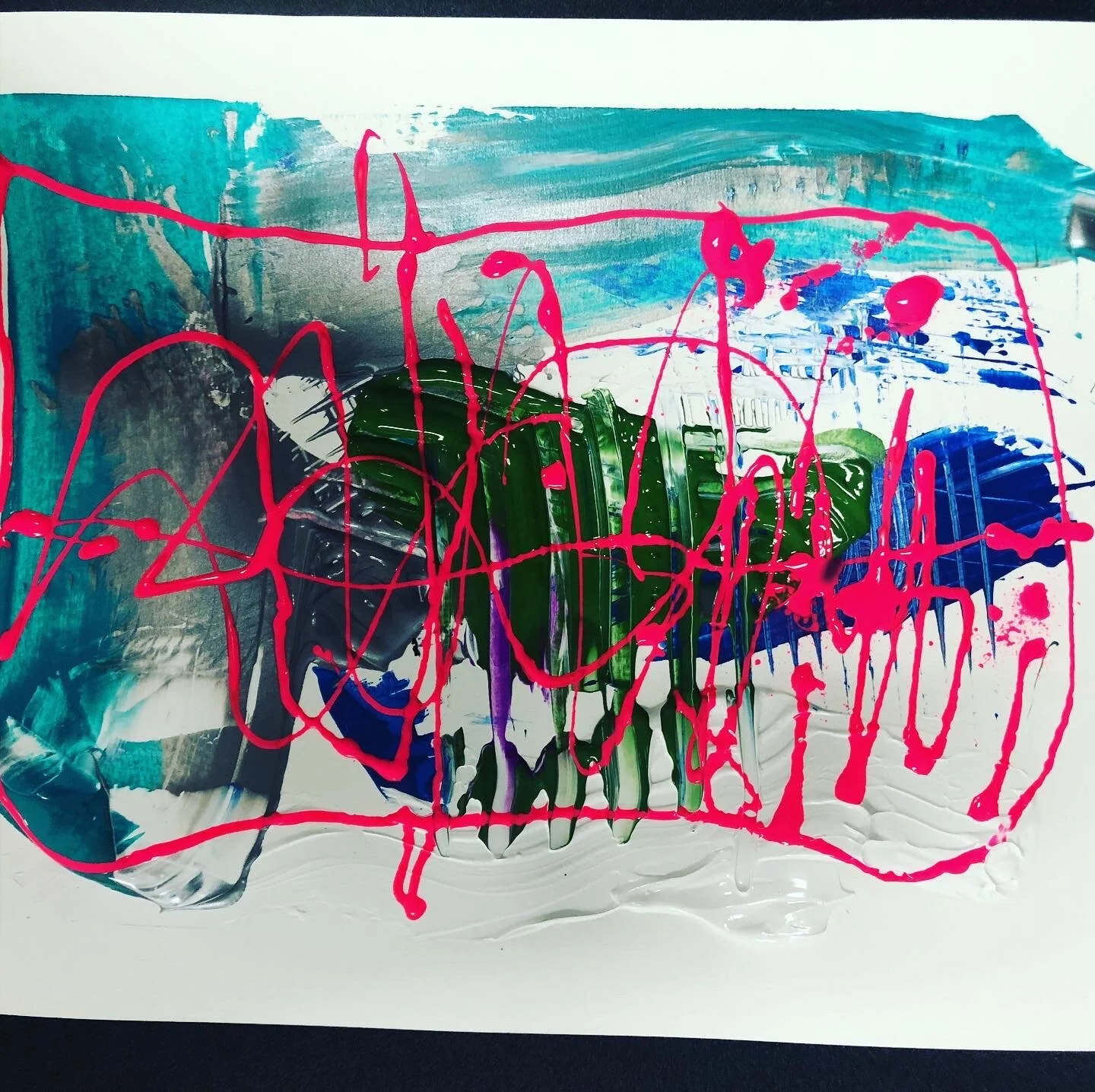
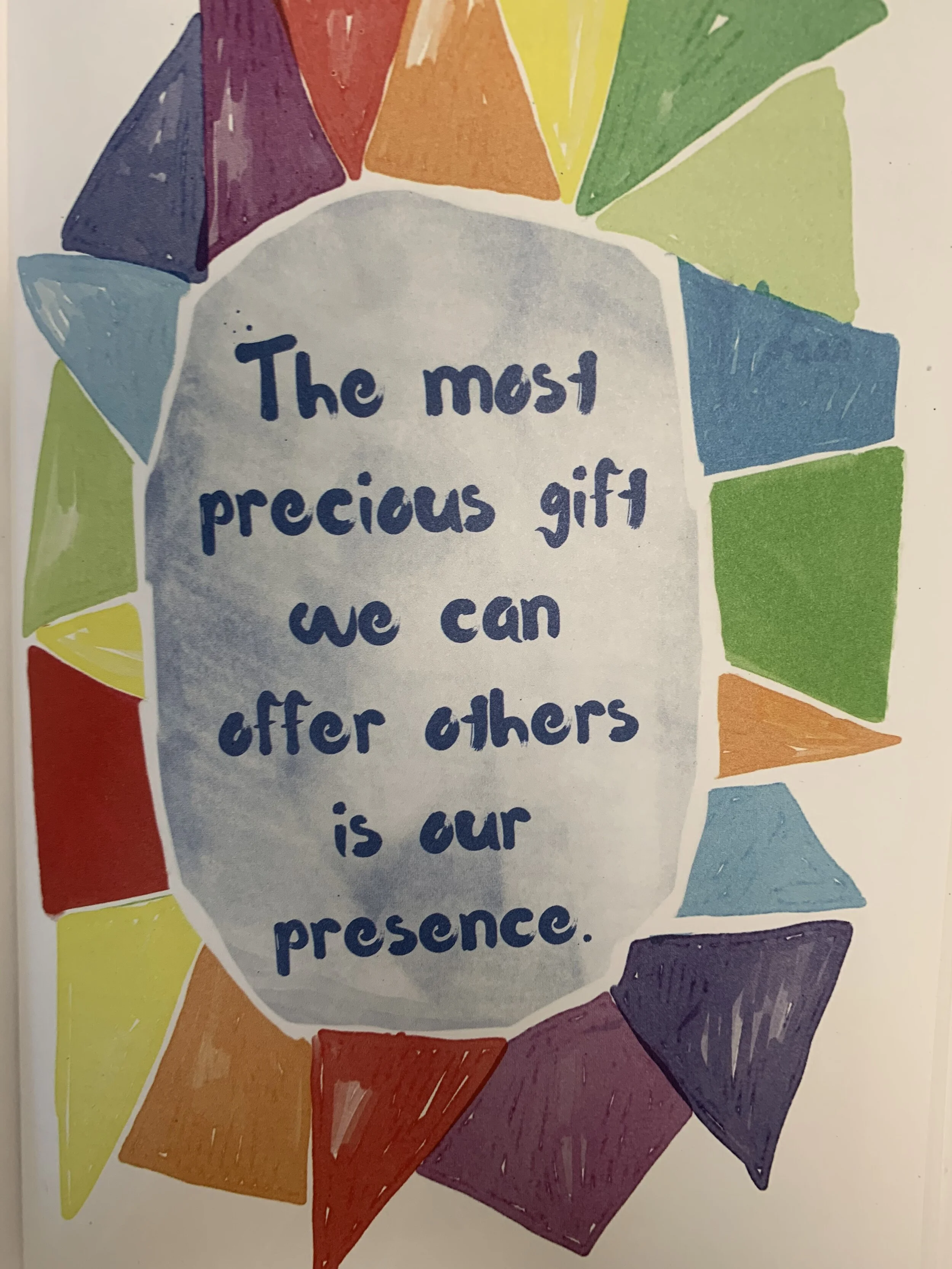
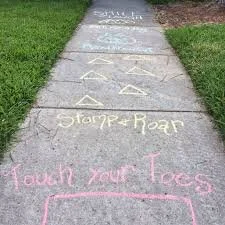
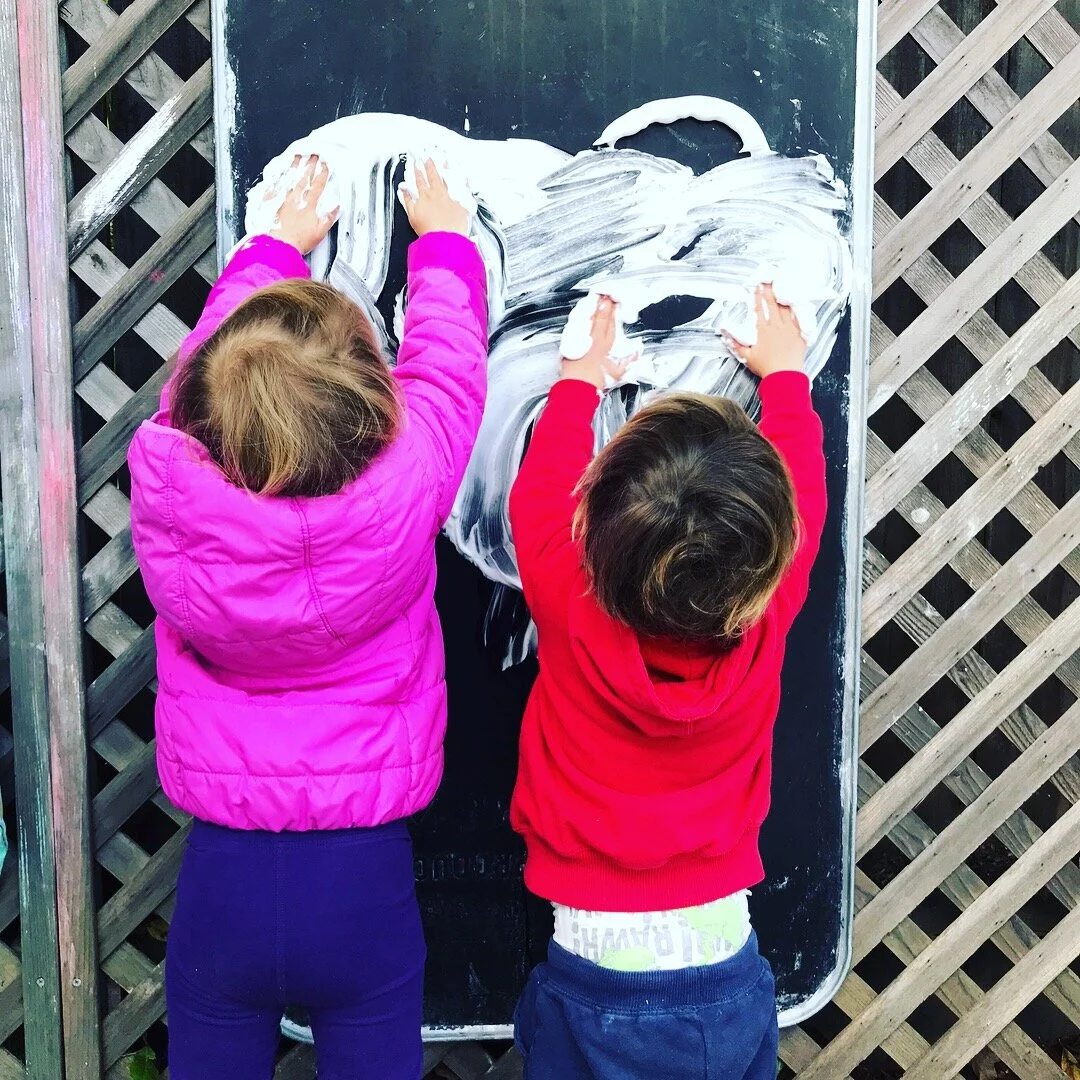
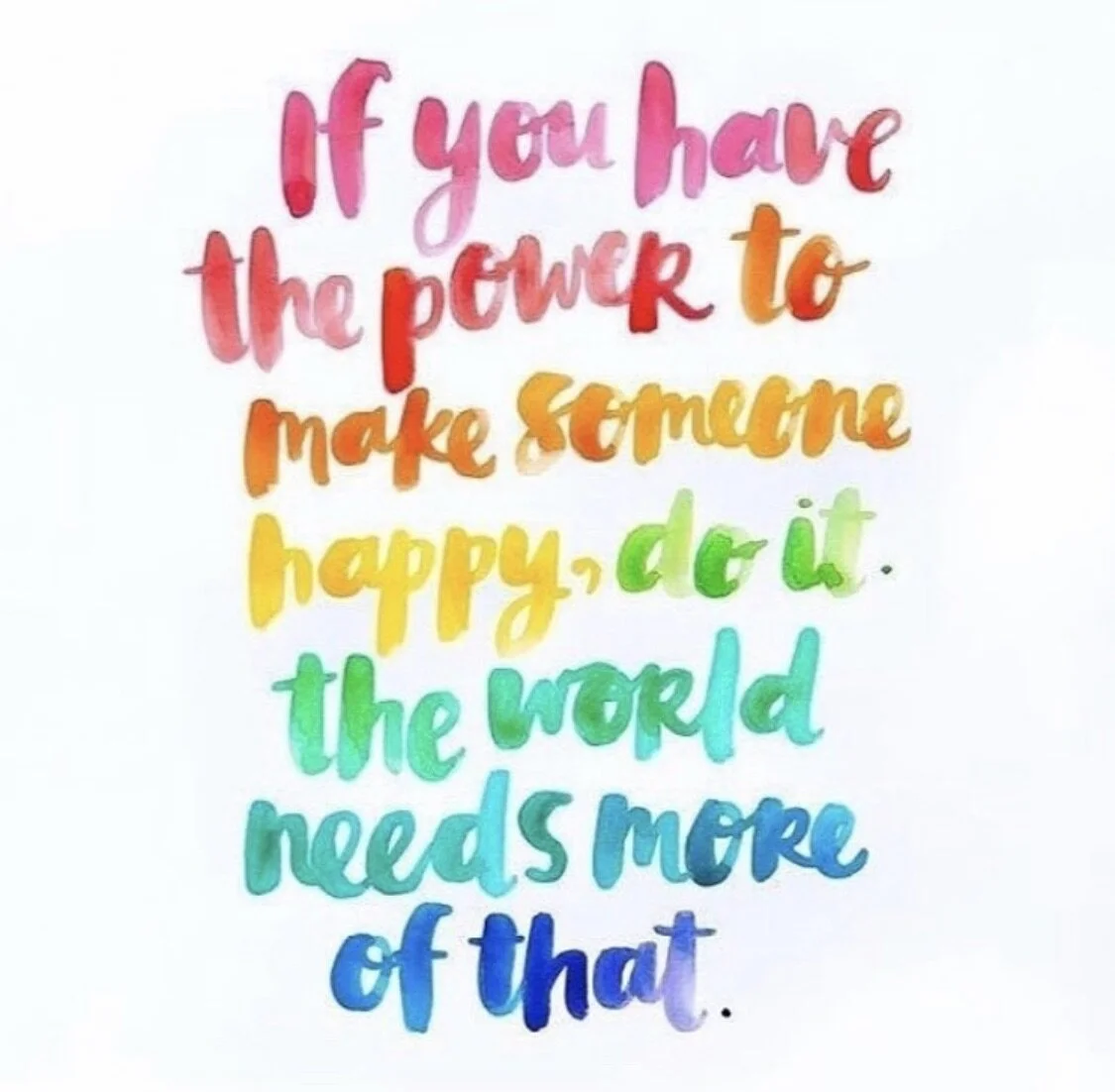
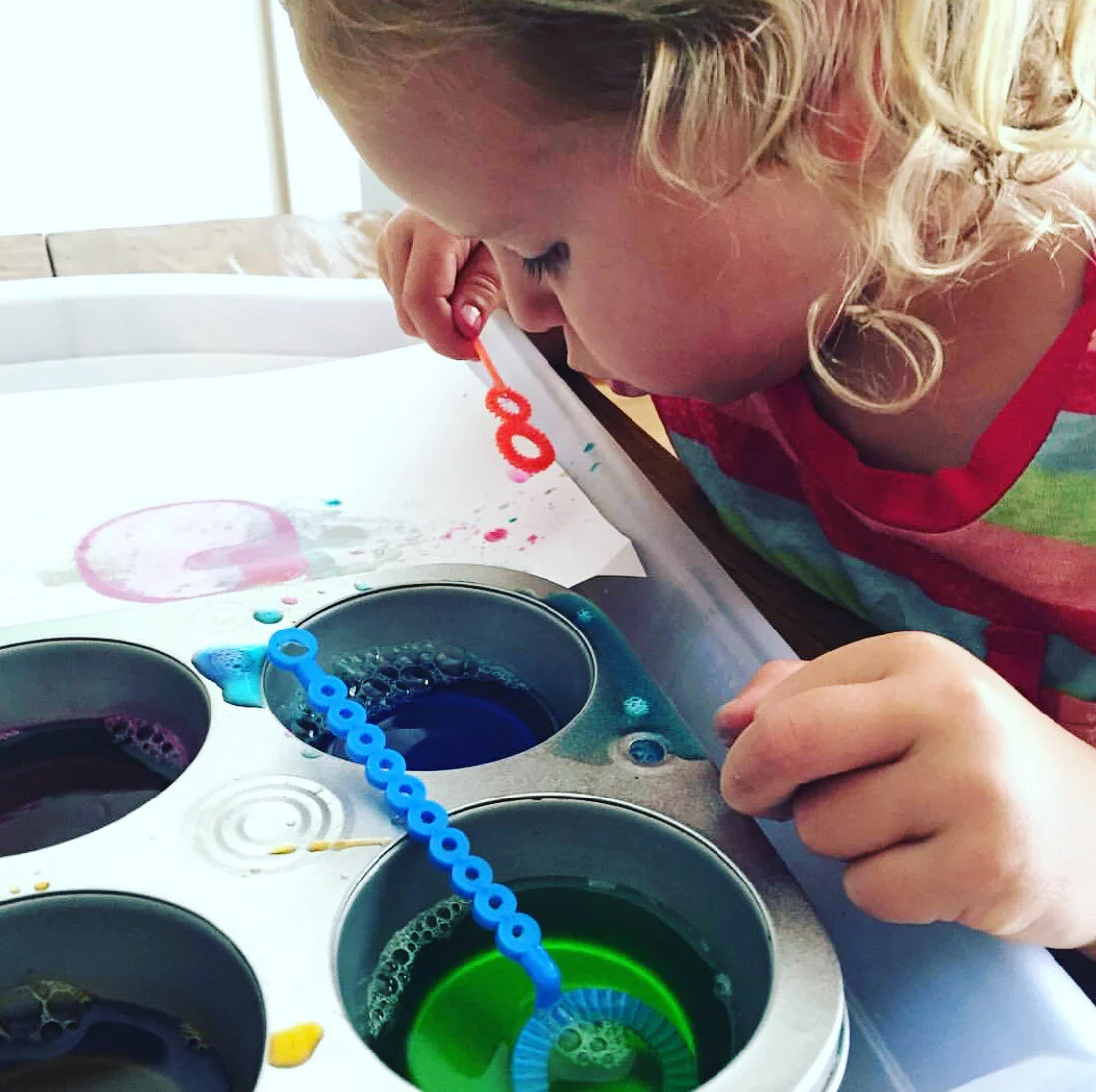


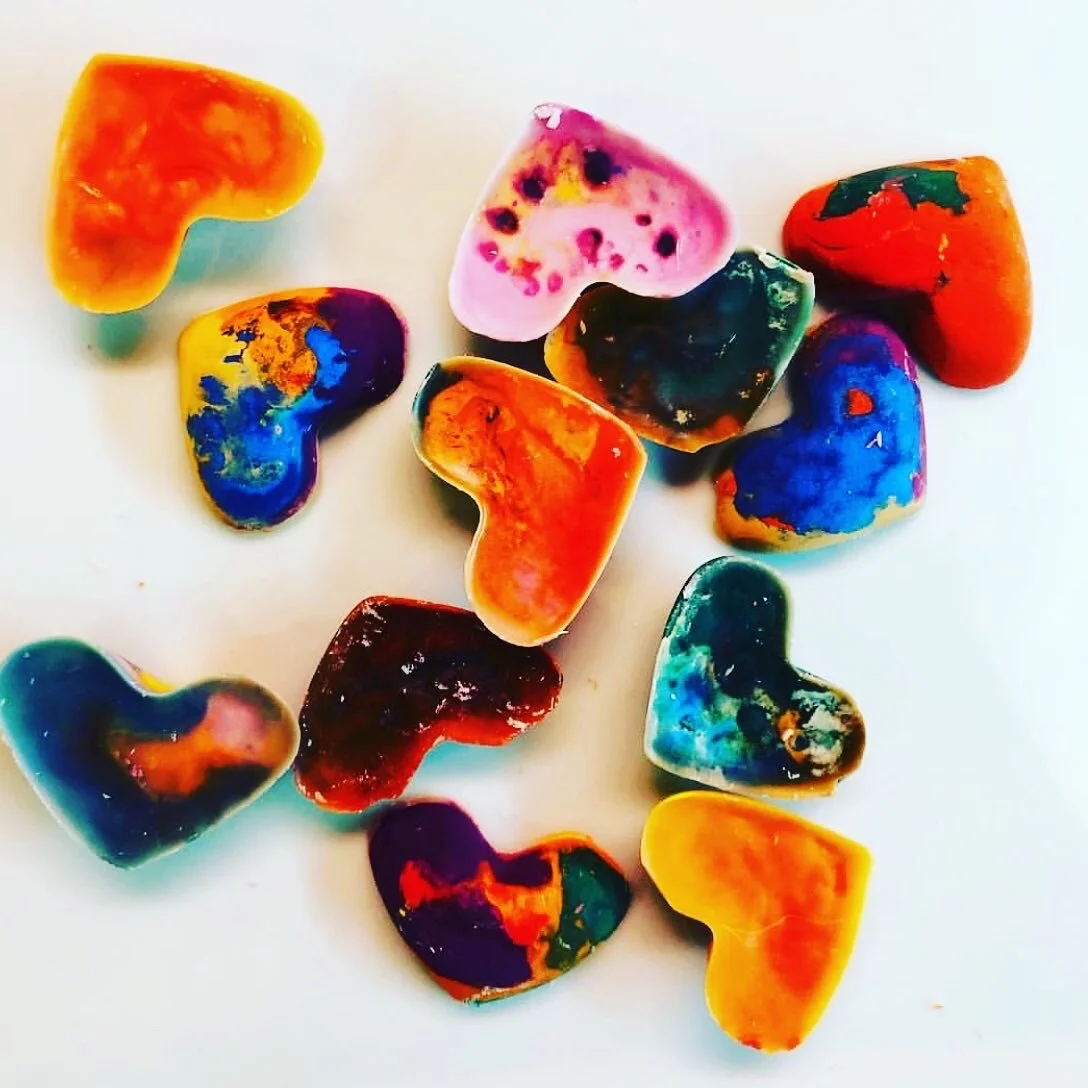
Check out some tips for helping your child with their pencil grasp.